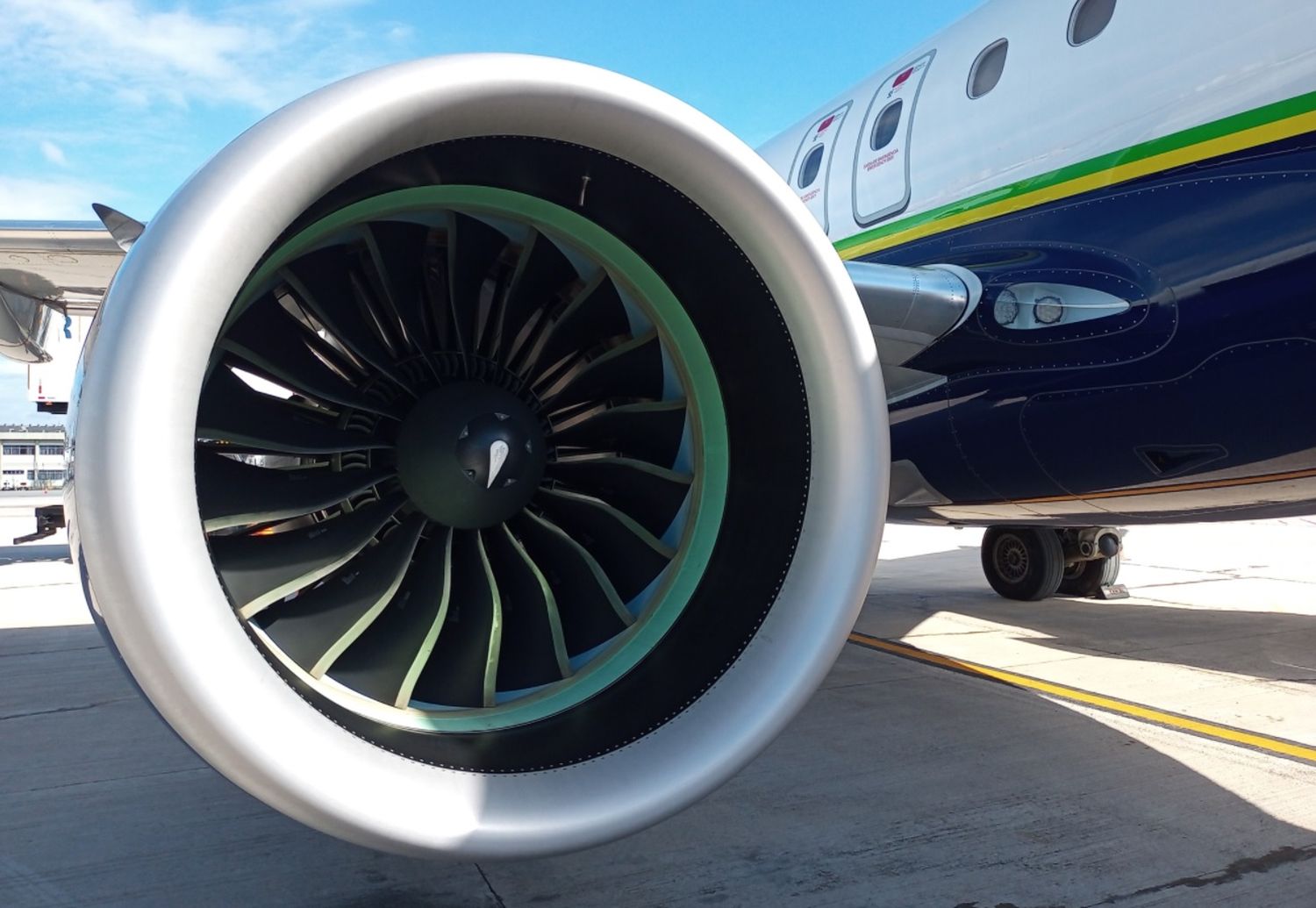Pratt & Whitney introduces a repair process using a 3D-printed part
This approach aims to address supply chain issues that have limited engine servicing capacity
Pratt & Whitney (P&W) is launching a new 3D printing-supported manufacturing process for its GTF PW1000G engines, while also announcing a major expansion of GTF maintenance capabilities through a partnership with Delta Air Lines.
These initiatives, focused on the aftermarket, come as P&W and other engine makers work to address supply chain issues that have limited engine servicing capacity. P&W has also been affected by the grounding of some GTF engines due to systemic manufacturing problems.
On April 8, the company revealed it has developed a new additive manufacturing process to repair the internal housings of GTF engines. The process, which addresses seal wear, will “reduce turnaround time by more than 60%” compared to the previous repair method, according to Aeroin, a media partner.
Kevin Kirkpatrick, P&W’s vice president of aftermarket operations, called it “a significant repair using additive manufacturing on a structural component… it’s a much more efficient way to restore a part.”
The traditional repair involves cutting the "ring" section from the inner housing and welding in a new one made from forged metal. However, this method is “very costly” and generates high heat that can compromise components, meaning the repair can only be performed once, Kirkpatrick noted.
The new 3D-printed repair still involves removing the ring, but instead of welding a replacement, the ring is rebuilt layer by layer onto the housing using metal powder and lasers, through a process known as Directed Energy Deposition (DED).
Kirkpatrick emphasized that this repair is unrelated to the PW1000G recalls caused by manufacturing defects. In addition to being more affordable, the 3D method is much faster, repeatable multiple times, and frees up forging capacity for other parts—helping to ease ongoing material supply constraints.
P&W’s in-house tech incubator, the North American Technology Accelerator, developed the process and has brought it to Technology Readiness Level 6, meaning it is considered “ready for production.”
Currently, a P&W facility in Arkansas performs a few dozen ring repairs per month using the traditional method. This site will be the first to switch to 3D printing and is expected to reach full production readiness in the first quarter of 2026.
“P&W is currently working to industrialize the repair, which will then be scaled and implemented across the global GTF MRO network,” the company said. It estimates that additive repair methods will save $100 million over five years.
In addition, P&W announced an agreement with Delta under which Delta TechOps will increase its maintenance capacity for PW1500G engines—used on the A220—at its Atlanta facility by 30% over the next decade. P&W expects this expansion will enable the site to service up to 450 PW1500G engines annually. The agreement was finalized late last year.


Comentarios
Para comentar, debés estar registrado
Por favor, iniciá sesión